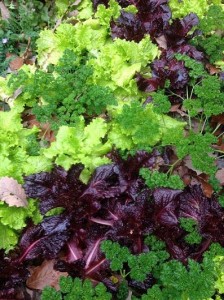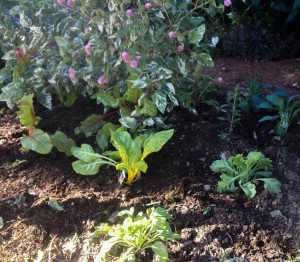
Chard and poppies mingling with pink gomphrena and the variegated hibiscus…
The owner of Oak Street Garden Shop, Billy Angell, and I have different approaches to gardening, mostly the result of our personalities, I think. Billy is very methodical and precise (not a bad thing), and I’m admittedly more undisciplined and haphazard in my gardening efforts.
I can almost feel him cringing as I yank just some of the zinnias and other spent plants from the “better late than never” garden the other morning, rather than pulling everything out and starting fresh with a completely new planting. I’d gone in earlier than usual to take a look and assess what needed to be pulled out in anticipation of the fall/winter garden. I’ve been worrying that
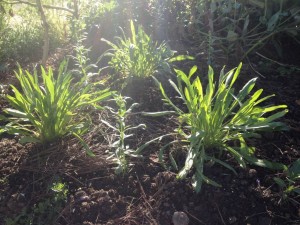
Bachelor buttons and snapdragons…
as we get busier and busier with the fall planting season, not to mention the craziness of the holidays just around the corner, the garden could fall by the wayside; so the pressure is on!
Now, it wasn’t strictly just a pull some of the plants out mission. I had also brought a smattering of plants with me to plant here and there as holes conveniently opened up. A few iceland poppies, some snapdragons, bachelor buttons, foxglove, red mustard, chard, and kale were all on my to-do list to plant. Now, how all this mish-mash is going to turn out is anyone’s guess, since I’m not starting with a completely blank slate…but that’s half the fun!
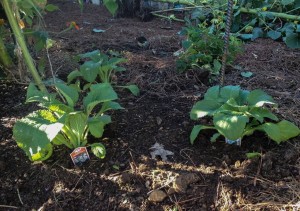
Foxglove…under the sunflowers…
This is how I’ve gardened at home for years. In the fall, I pull out spent flowering annuals a little at a time; and, as I do, I add to the garden as holes open up. This works out well because not everything I want is available all at once, and the garden turns over to a new season gradually as summer annuals mingle with fresh plantings.
This year bachelor buttons, foxglove, and iceland poppies appeared in late September; so they’ve gone into the first available spaces in the garden. More of them will be planted as room opens up. Summer annuals that are still hanging in are left to continue attracting late season butterflies and bees until the last will finally be pulled out to make way for the final winter plantings of pansies, violas, and, by seed, larkspur and delphinium. This planting method works well in beds that are a mix of perennials, annuals, and shrubs, too.
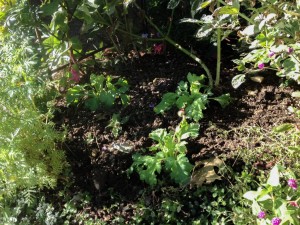
Poppies….
So, in the “better late than never garden”, the zinnias, cleome, and the few sunflowers I pull out (There are a lot more sunflowers to go!) make room for a few of each of the aforementioned snapdragons, iceland poppies, foxglove, bachelor buttons, kale, and mustard. We’ll top dress the beds with PlantTone too and will see how the compost is looking in the bins, adding some of it if it’s ready.
In the coming days and weeks the garden will undergo even more changes until, finally, the last plants are in. Then it’s a waiting game until spring, when the real show will begin. Just don’t be surprised if you see us still planting in the dead of winter…I think the “better late than never” garden will always be just that!

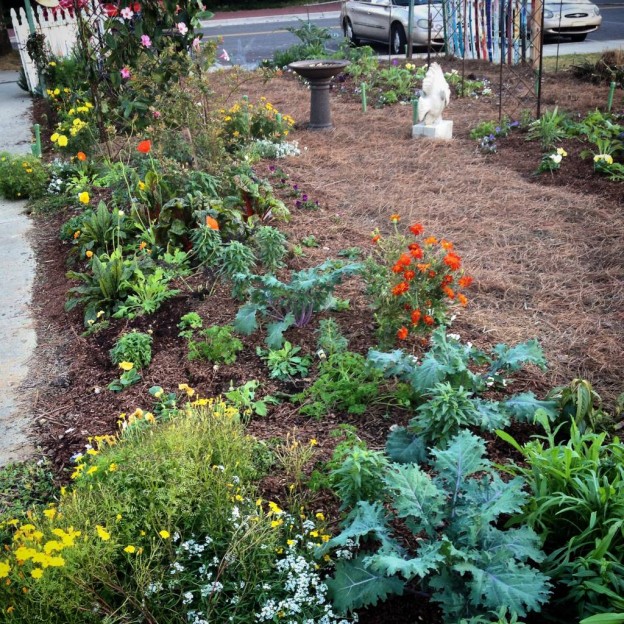
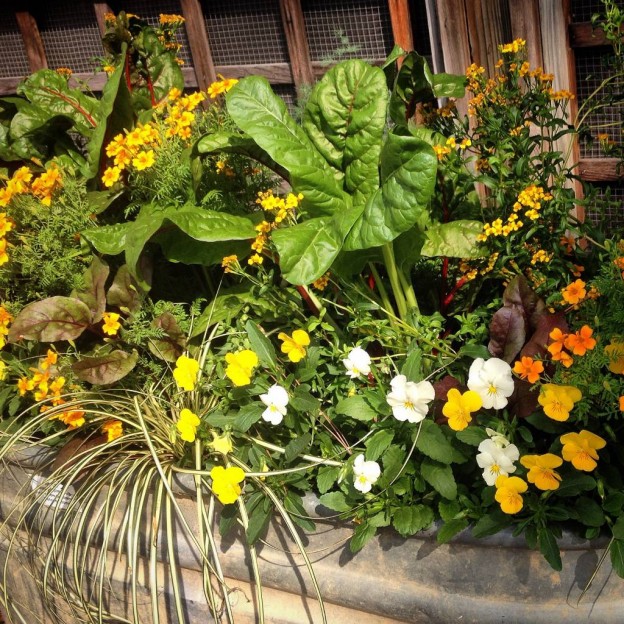
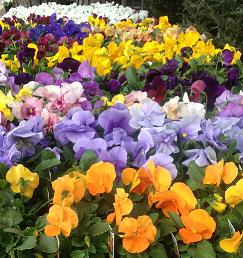
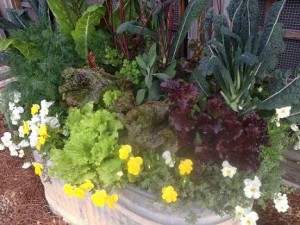
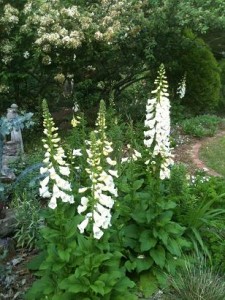 Start with pansies and violas for beds and planters, then add supporting players. Some of the prettiest additions to your winter/early spring garden are
Start with pansies and violas for beds and planters, then add supporting players. Some of the prettiest additions to your winter/early spring garden are 